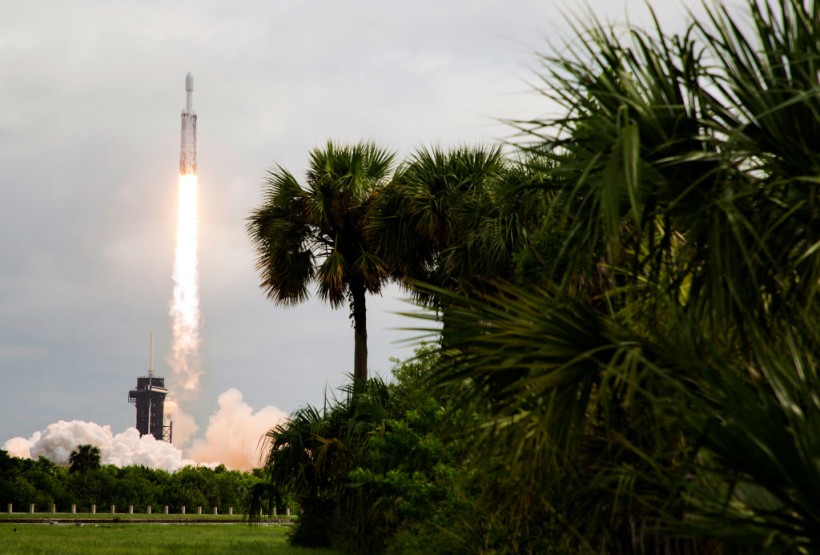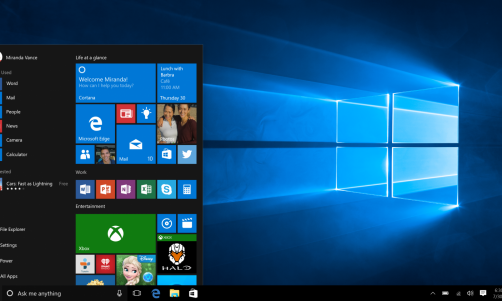NASA revealed its plan to deploy scientific instruments that will focus on analyzing the viability of the moon for human habitation through sustainable missions of Artemis 3.
The payload will include the Lunar Environment Monitoring Station (LEMS), Lunar Effects on Agricultural Flora (LEAF), and the Lunar Dielectric Analyzer (LDA).

(Photo : Aubrey Gemignani/NASA via Getty Images)
Read Also: NASA Shares Photography Tips for the Upcoming Total Solar Eclipse on April 8th
NASA Artemis 3 to Gather Lunar Environment Information
Artemis 3 is an upcoming manned mission to the moon that is expected to launch in September 2026. Originally, the mission was slated in 2025 but the Artemis 2 mission is yet to be released.
NASA has chosen three cutting-edge instruments that will be used to gather data about the lunar environment, its interior, and the likelihood of it being inhabited by humans.
"Artemis marks a bold new era of exploration, where human presence amplifies scientific discovery," said Pam Melroy, NASA deputy administrator.
The Artemis 3 mission will be the first manned lunar mission in over 50 years. The organization is also targeting to study the South Pole of the moon, which is considered the most intriguing part of it due to its unique characteristics.
NASA Artemis 3 Selects Lunar Instruments for Mission
NASA has now revealed the three cutting-edge instruments that will aid the Artemis 3 on its mission. The LEMS by Dr. Mehdi Benna from the University of Maryland will be used to monitor moonquakes and gather information about moon's structural composition.
The LEAF experiment by Christine Escobar of Space Lab Technologies will be assigned to explore the relationship between the lunar environment on space crops. Common Earth-related production such as photosynthesis, growth, and stress response of plants will also be studied.
The LDA by Dr. Hideaki Miyamoto of the University of Tokyo will asses the lunar regolith's electrical properties. This will be utilized to study lunar volatiles which will help explore the subsurface structure of the moon.
Melroy added that these instruments will "kick-start the ability to conduct human-machine teaming an entirely new way of doing science."
Related Article: Intuitive Machines Succeeds with First US Moon Landing in 51 Years














